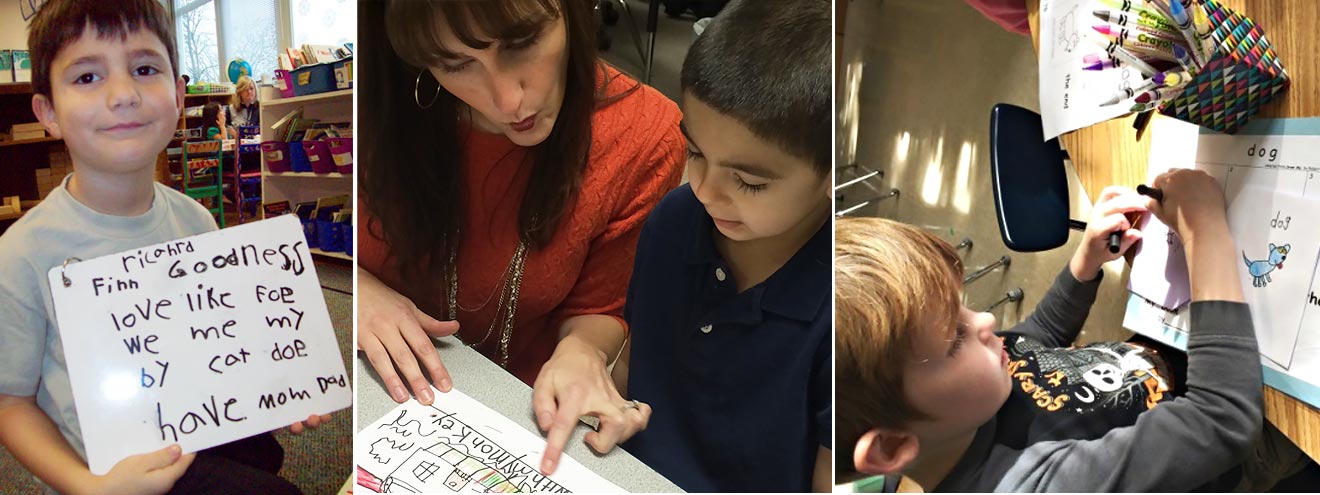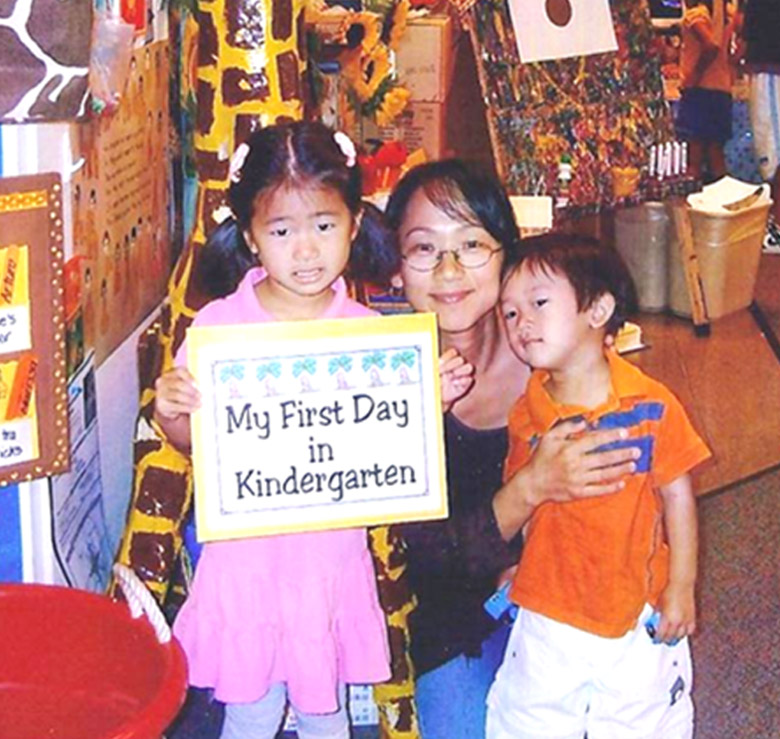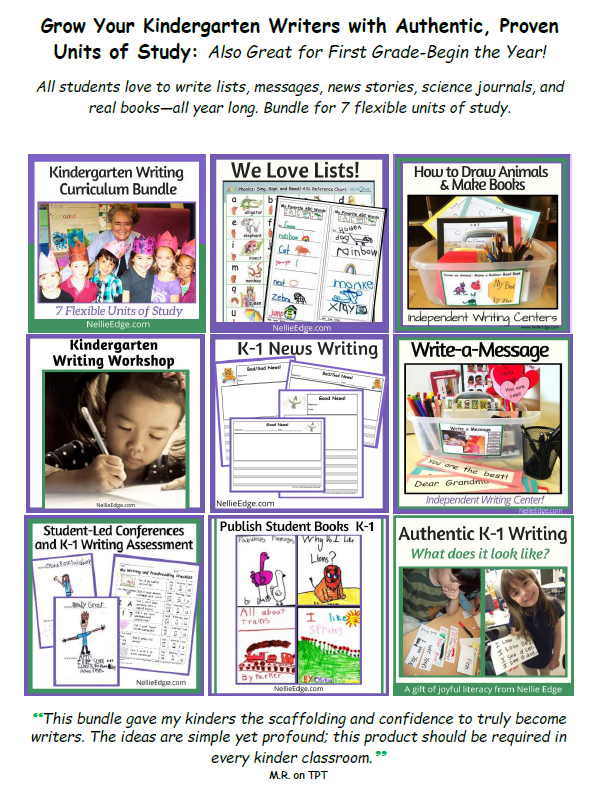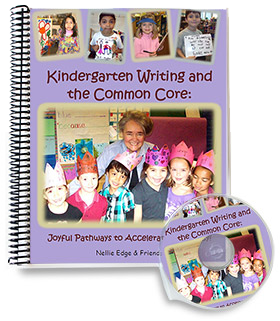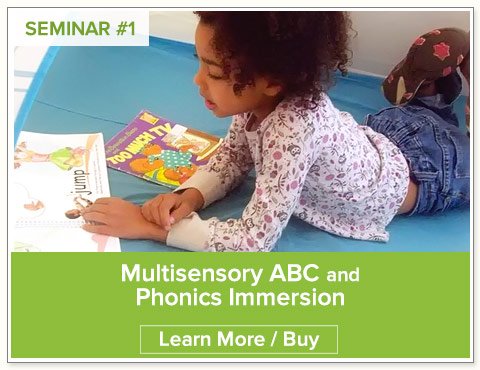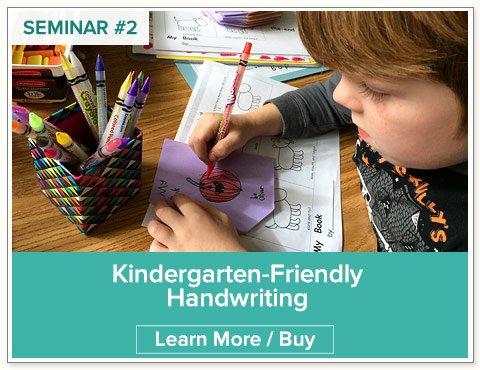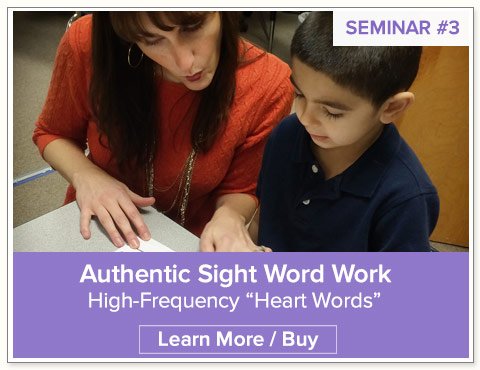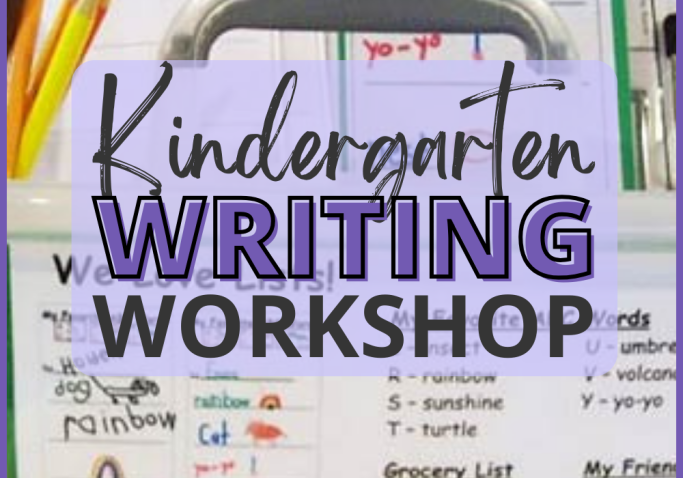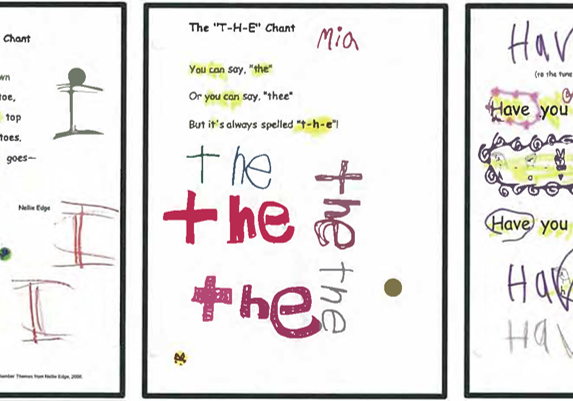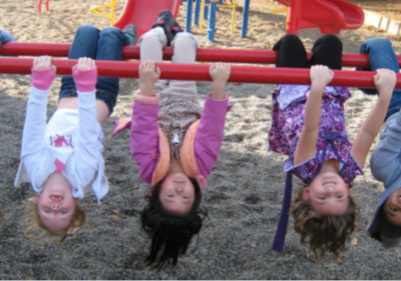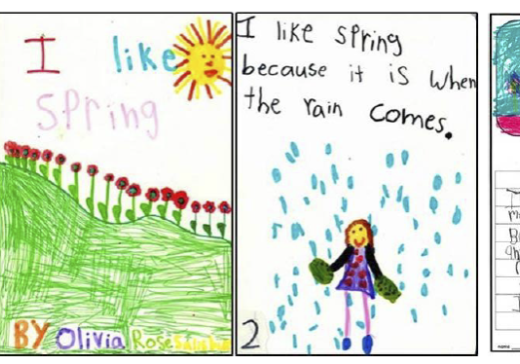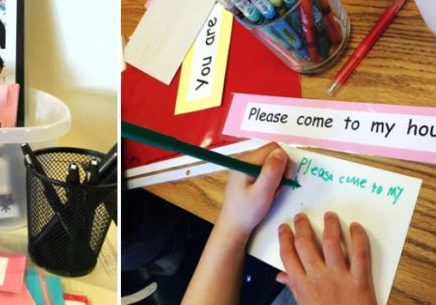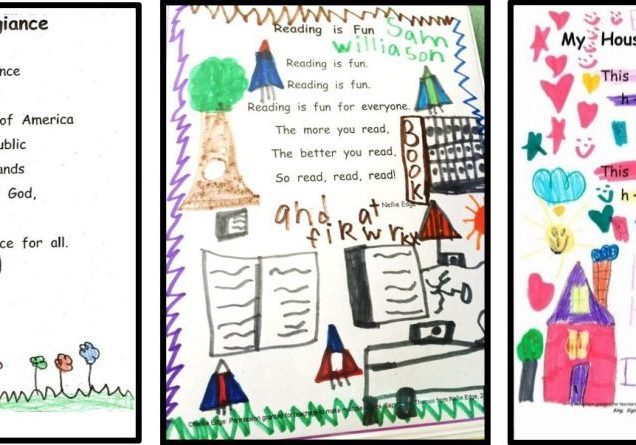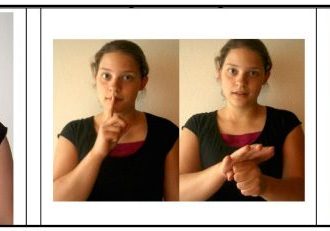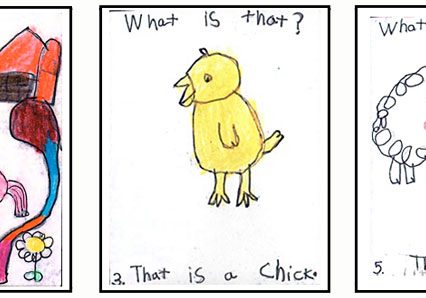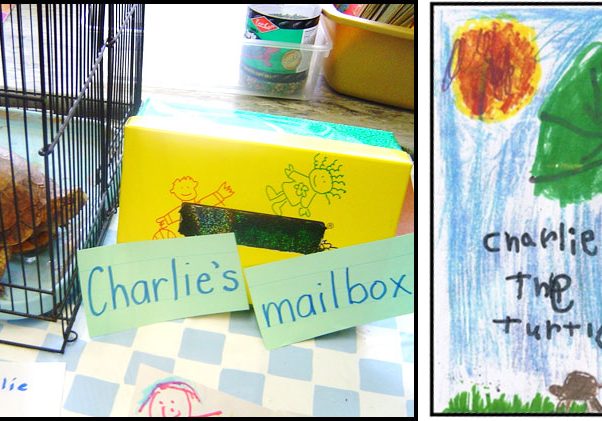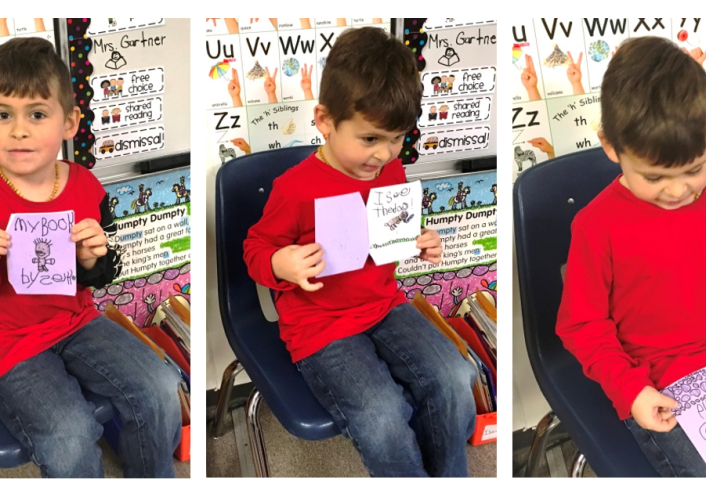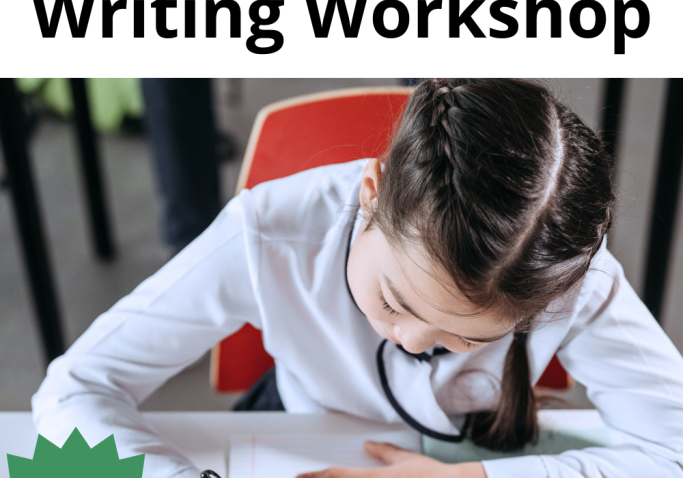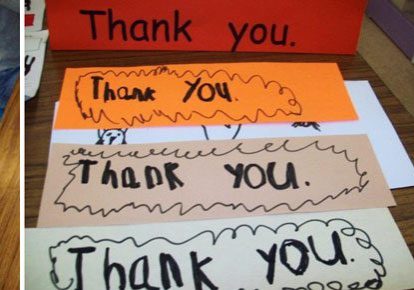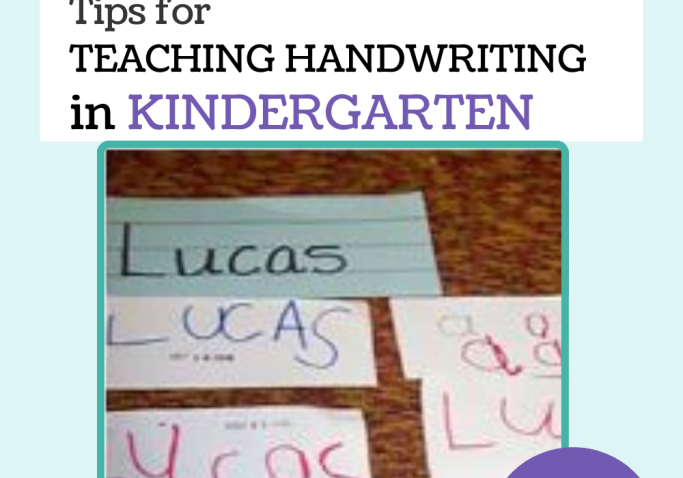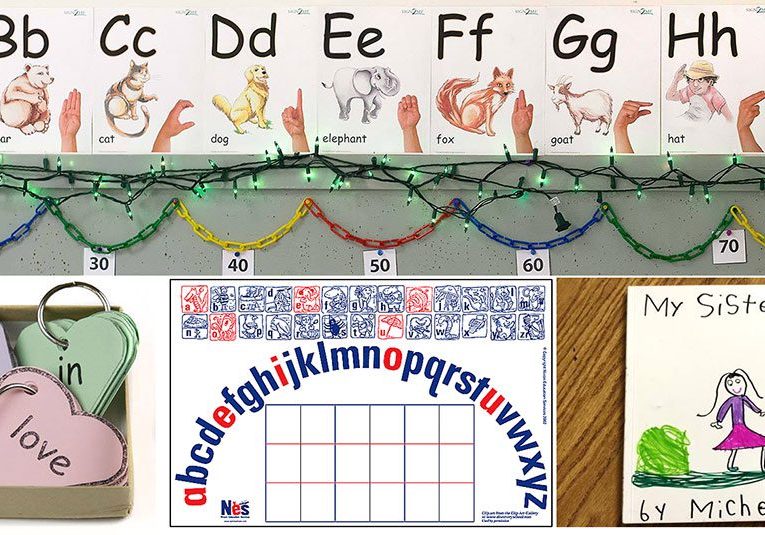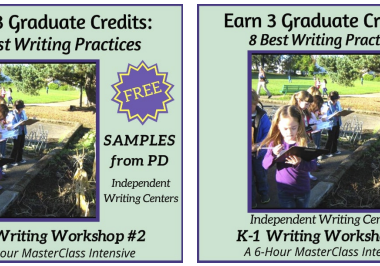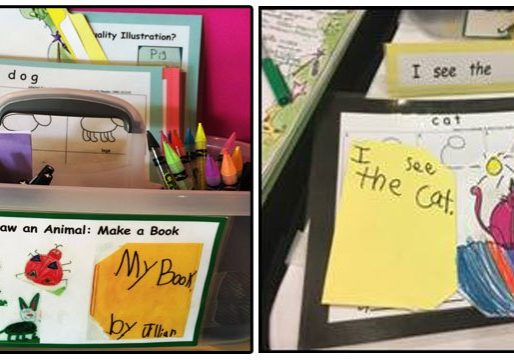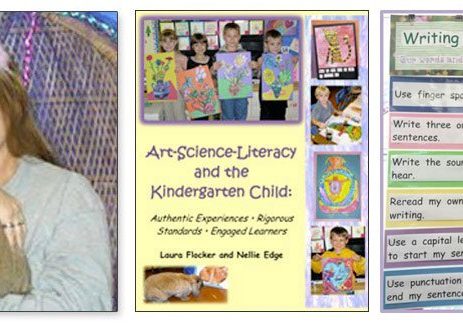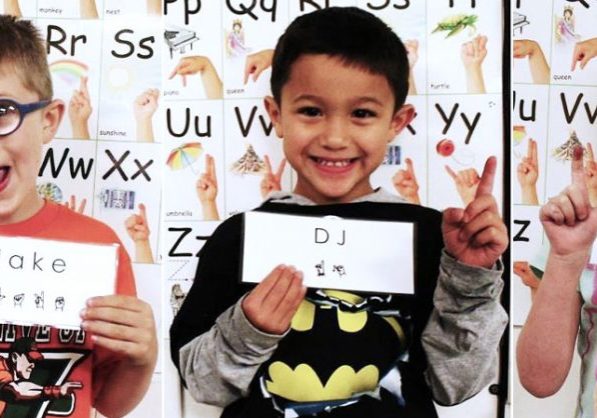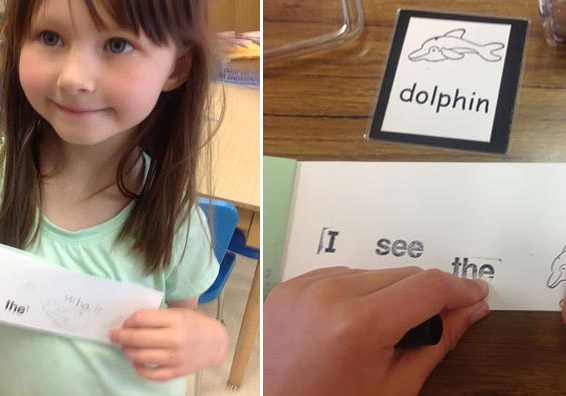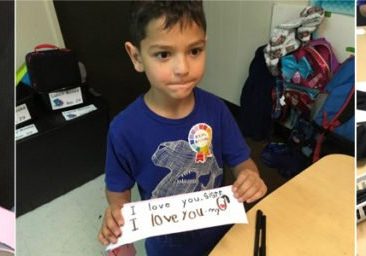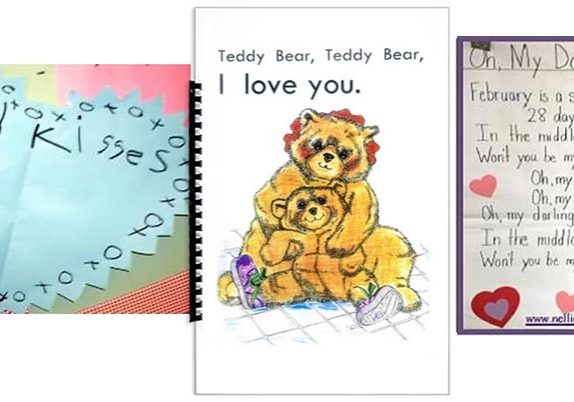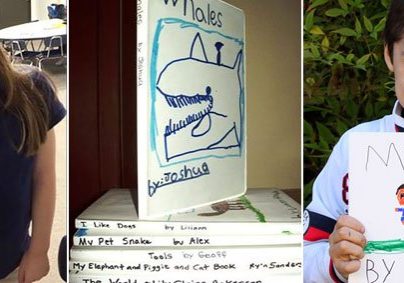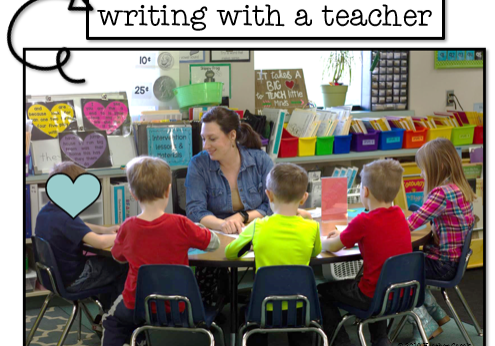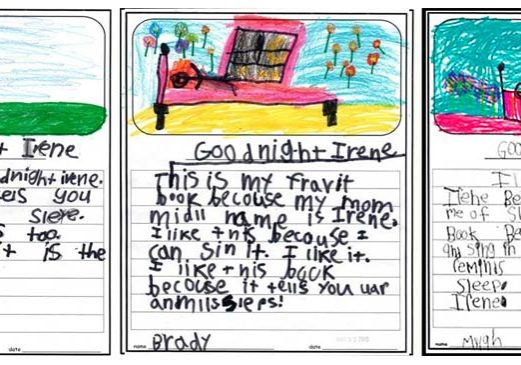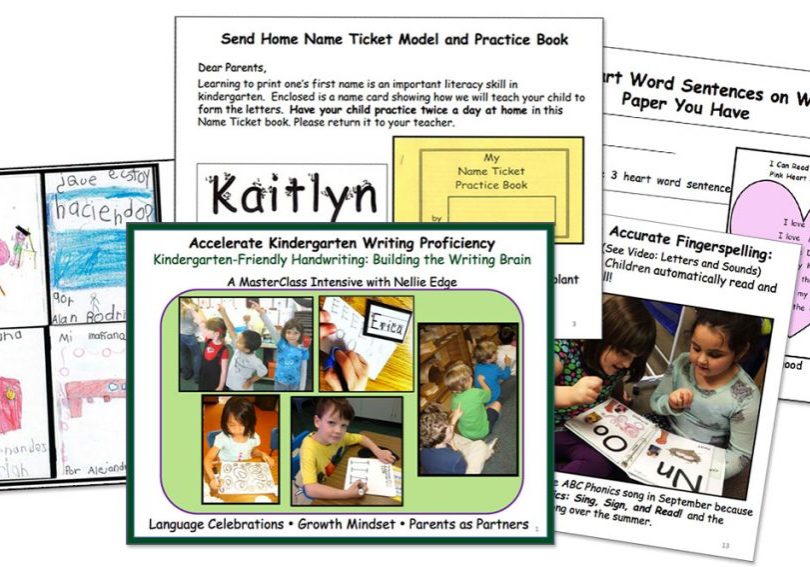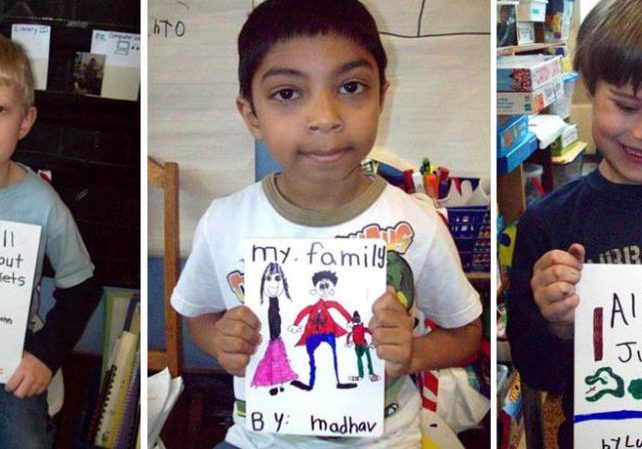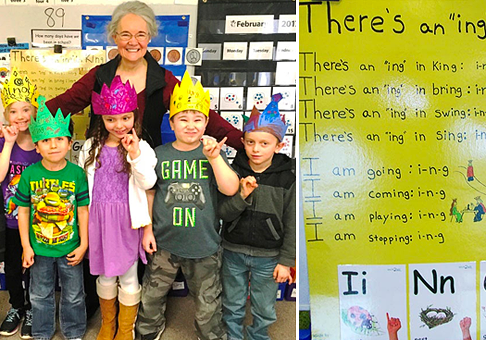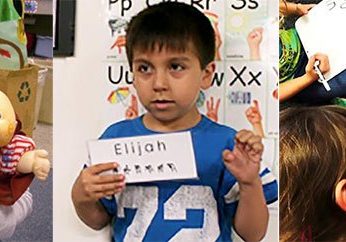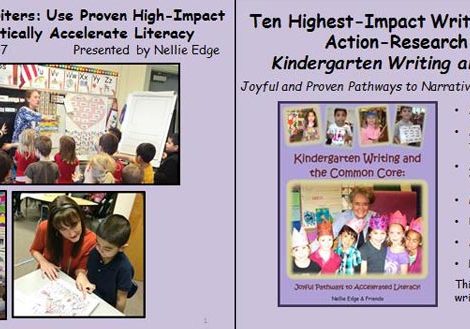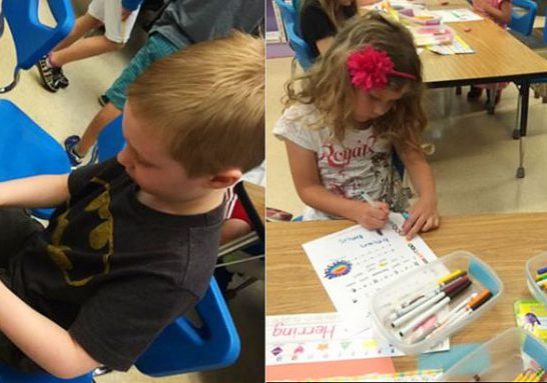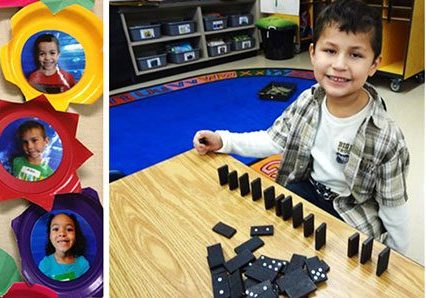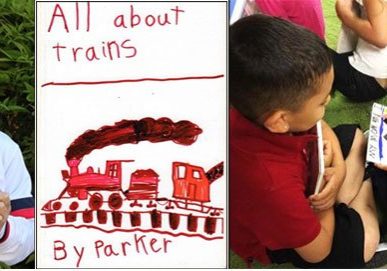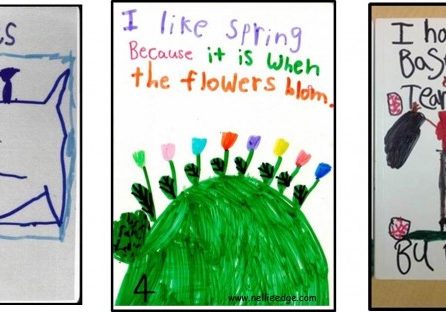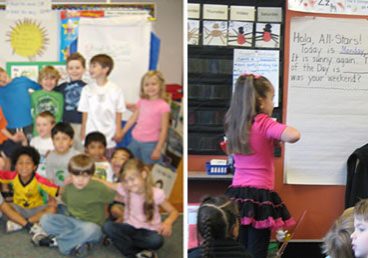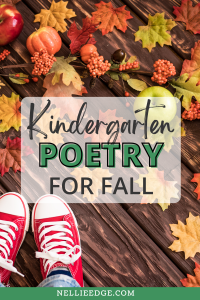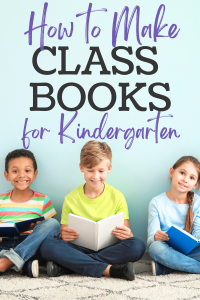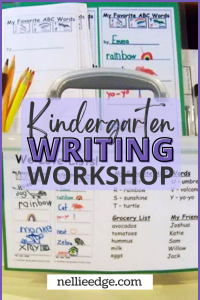How to Build the Best Kindergarten Writing Workshop Model Ever!
Use 10 Proven Highest-Impact Strategies
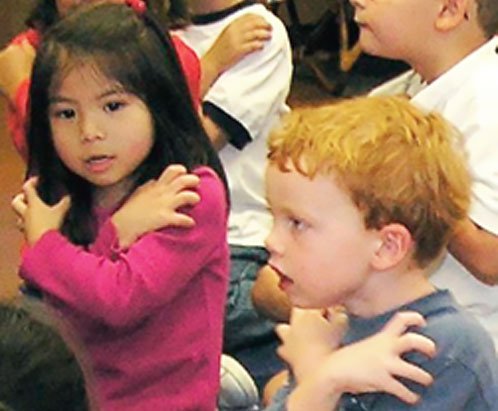
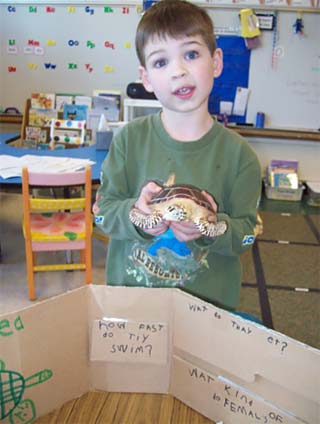
Grow Your Kindergarten Writers
Create Joyful Pathways to Narrative, Opinion, and Information Writing
How do we differentiate instruction to simultaneously challenge and support diverse learners within the same kindergarten?
How do we teach more intentionally, systematically, and create joyful pathways to the Common Core Standards?
Authentic, meaning-centered literacy is the answer.
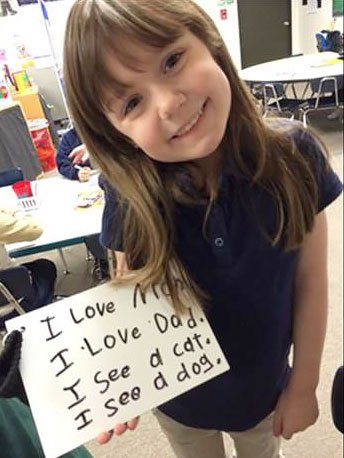
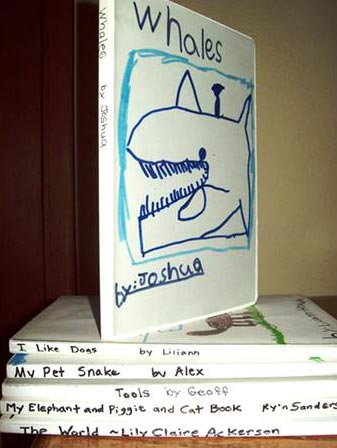
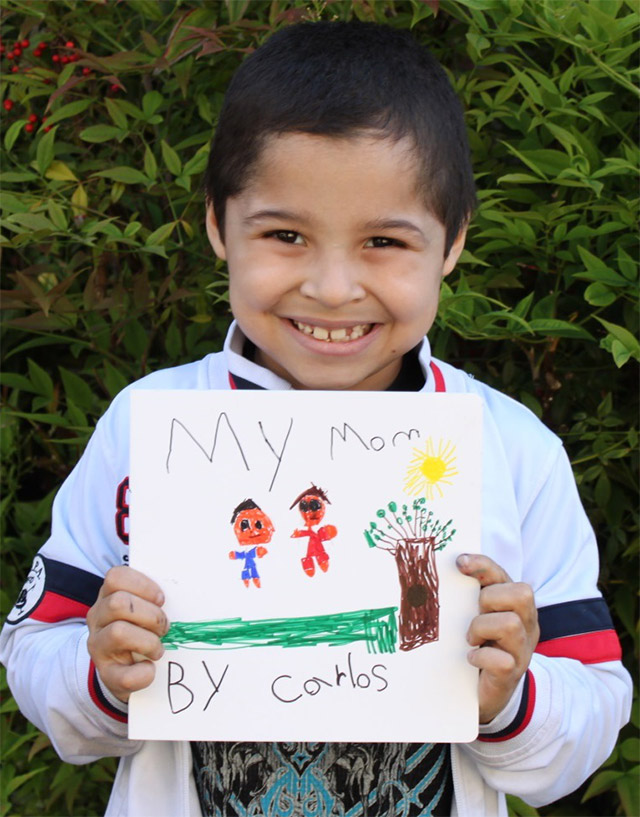
The following 10 high-impact writing strategies may be used in tandem with any writing workshop model to dramatically accelerate literacy and develop engaged and purposeful young writers. This is what a Comprehensive Kindergarten Writing Program looks like.
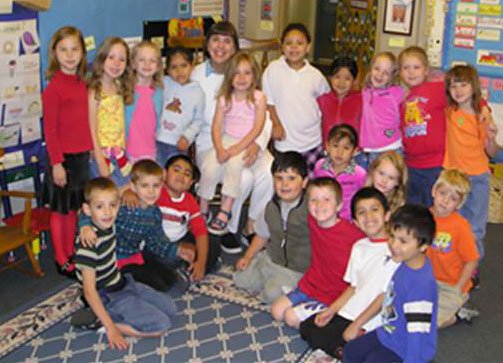
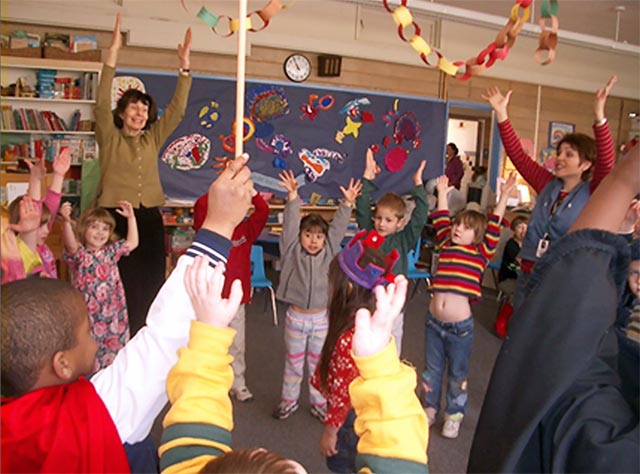
1. Bond with Children, and Create a Joyful Learning Community, Rich in Poetry, Songs, Sign Language, Literature, and Celebrations. Use collaborative experiences in the arts and deep connections with nature to engage the child in reading, writing, thinking, speaking, listening, creating, and caring.

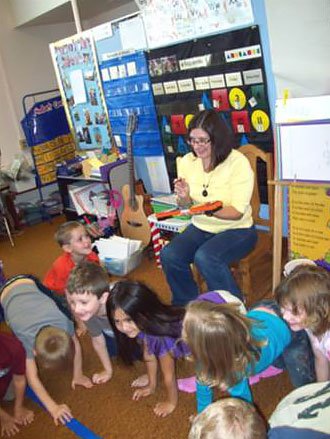
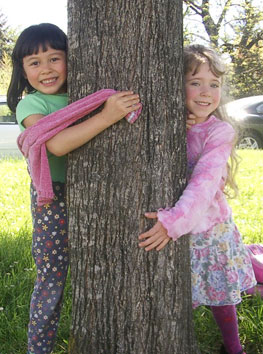
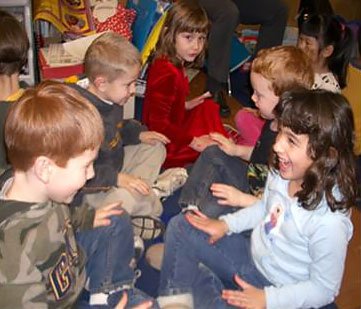
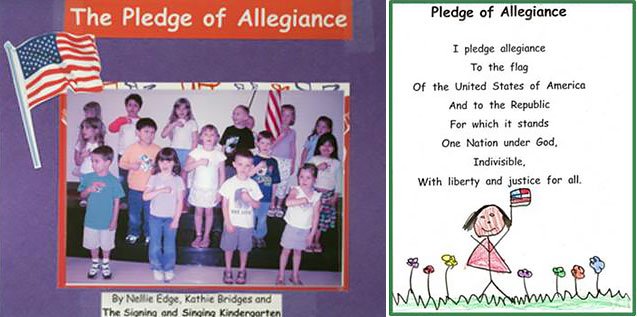
Once you get the community right the levels of learning soar. – Ralph Peterson
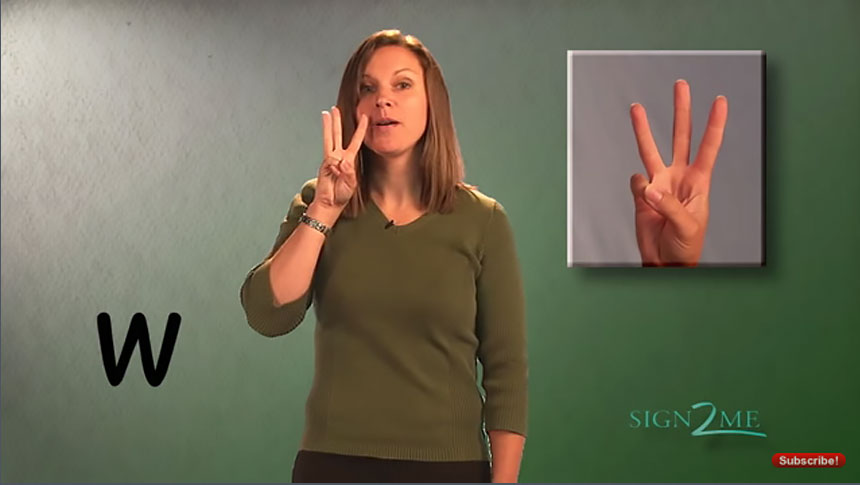

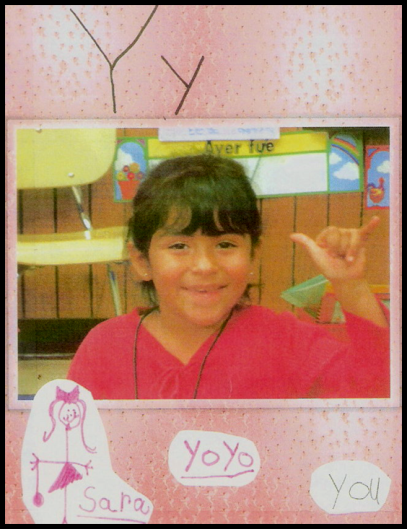
2. Use Multisensory ABC and Phonics Immersion with American Sign Language and Parents as Partners: Sing it, sign, it, and send it home. Have high expectations and teach for mastery!

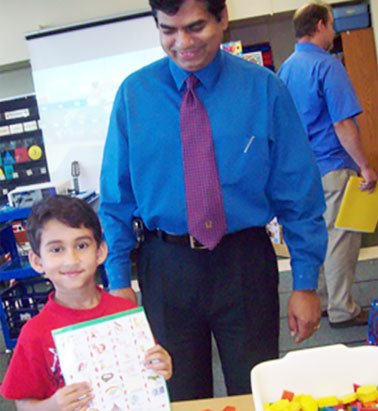
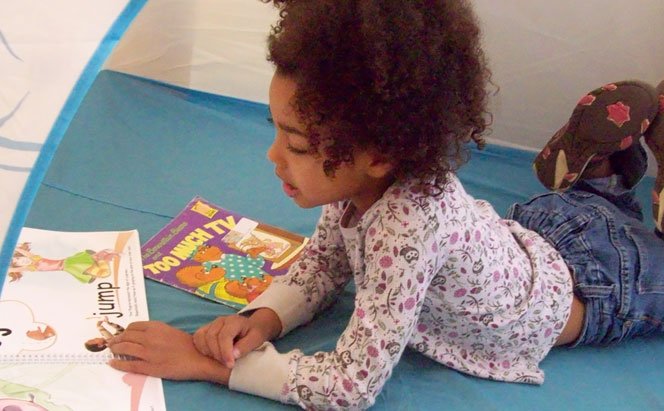
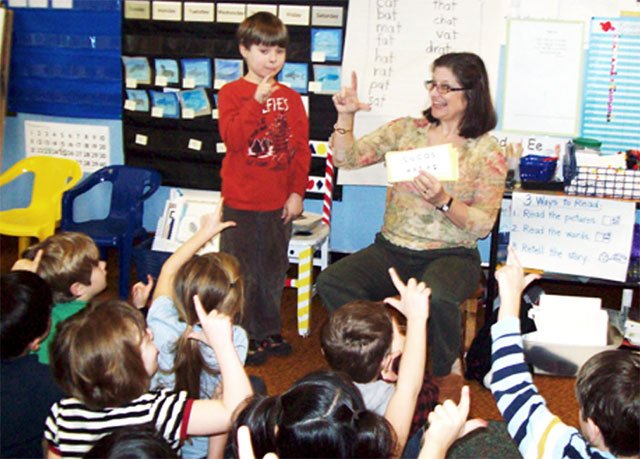
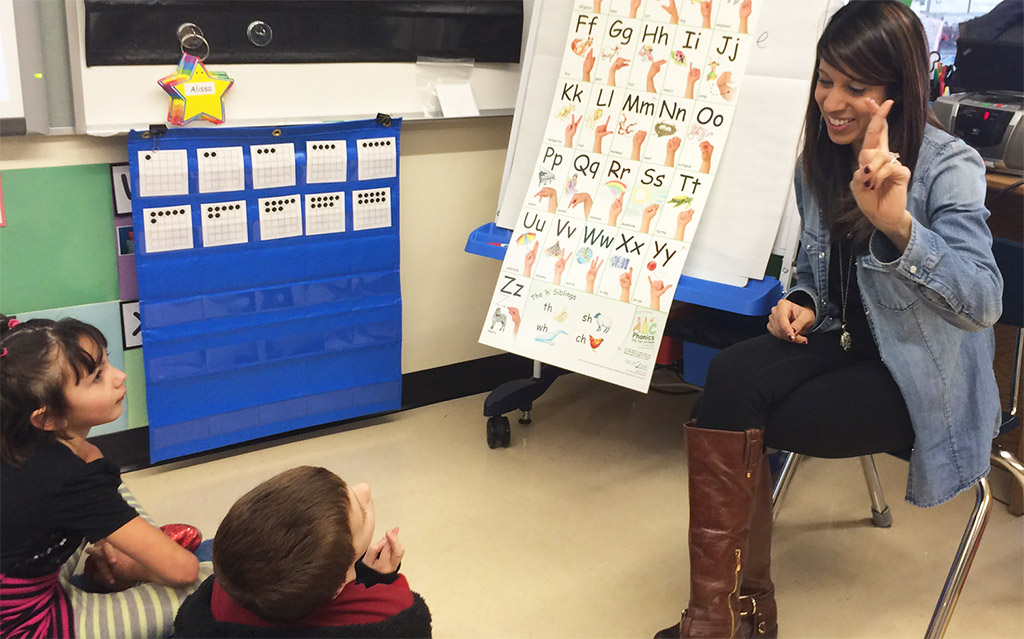
Take advantage of how the brain learns best: Engage auditory, kinesthetic, and visual modalities to accelerate literacy!
See the ABC Phonics page with video tutorials from
Nellie Edge Online Seminar #1.
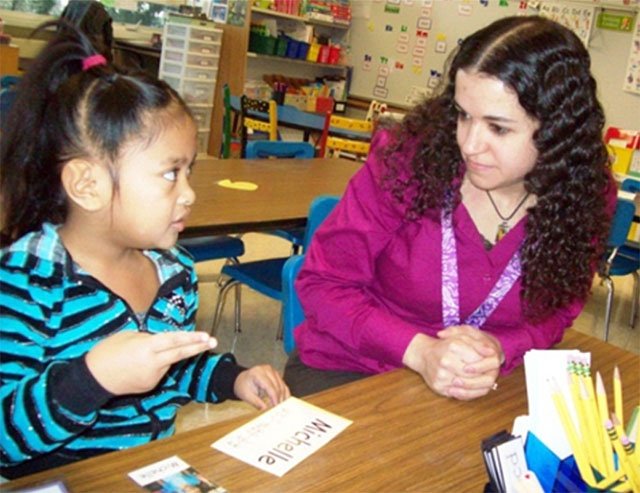
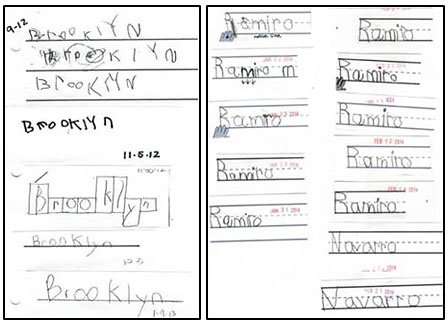
3. Begin Kindergarten-Friendly Handwriting with the “Name Ticket” and High-Frequency “Heart Words:” Teach basic handwriting patterns through intentional and authentic literacy experiences.
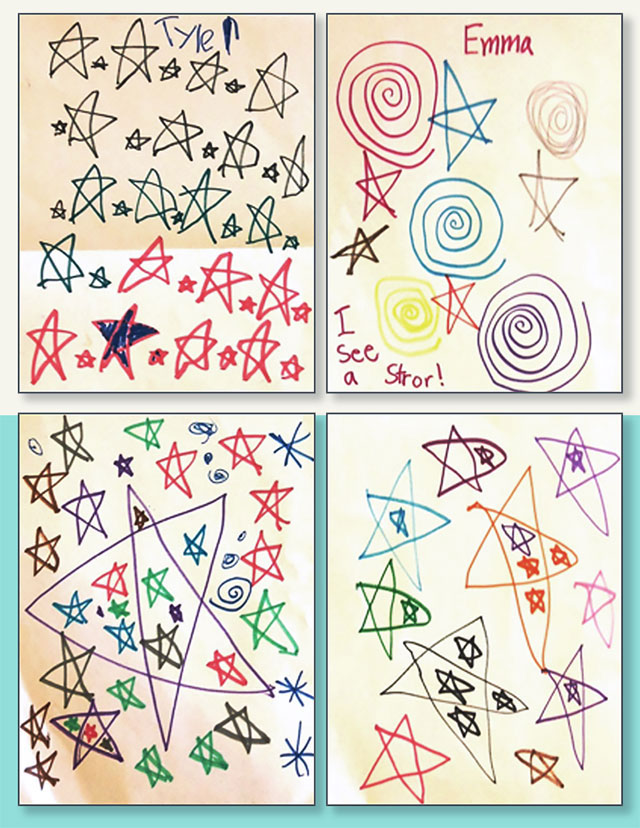
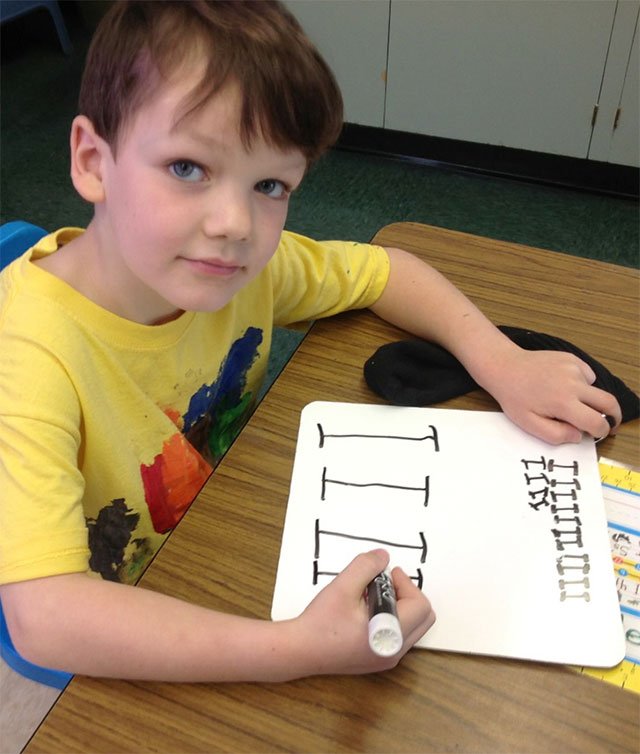
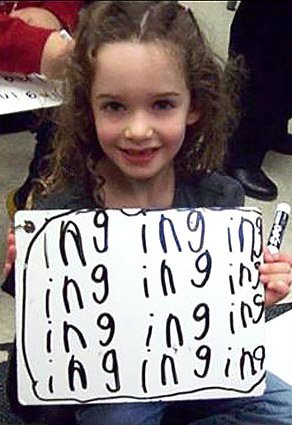
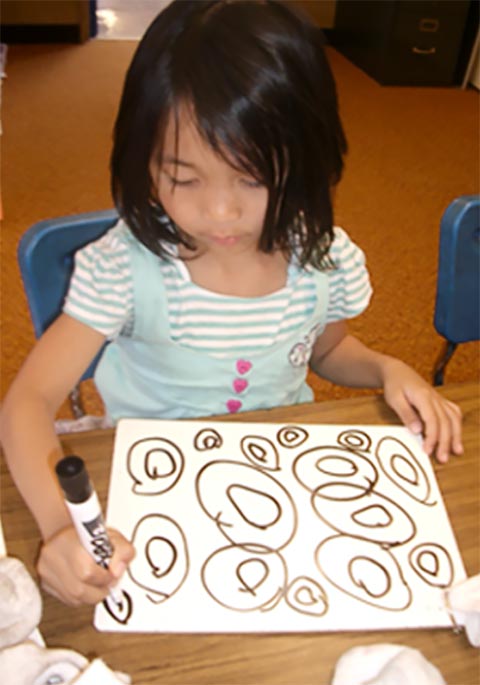


If handwriting motions are not efficient it interferes with the whole writing process.
For a detailed overview of this strategy see the Kindergarten-Friendly Handwriting page with video tutorials from Nellie Edge Online Seminar #2.
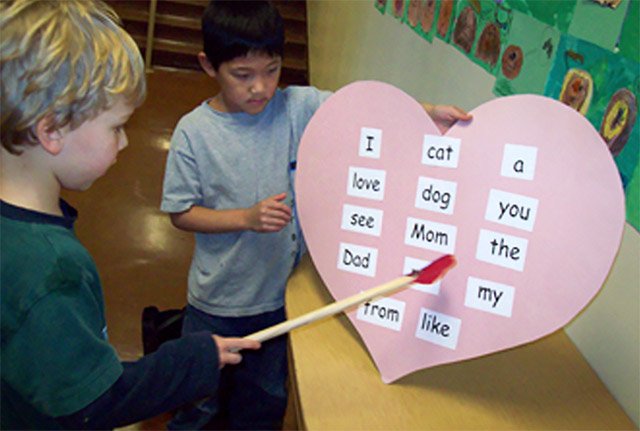
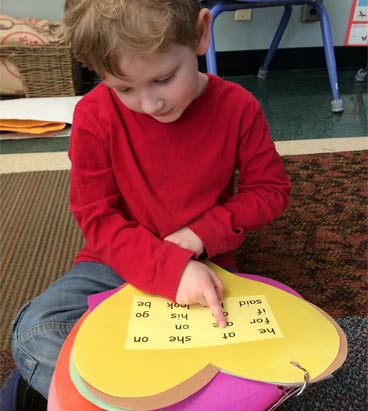
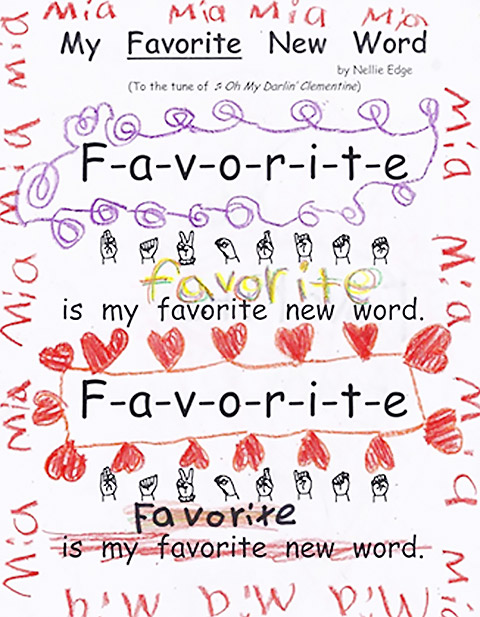
4. Teach for Fluency with High-Frequency “Heart Word” Sentences and Provide Authentic Phonics Practice! Sing, sign, spell, and write real sentences—systematically, playfully, and with great intention! Make learning visible and give children a crystal clear target to move towards.

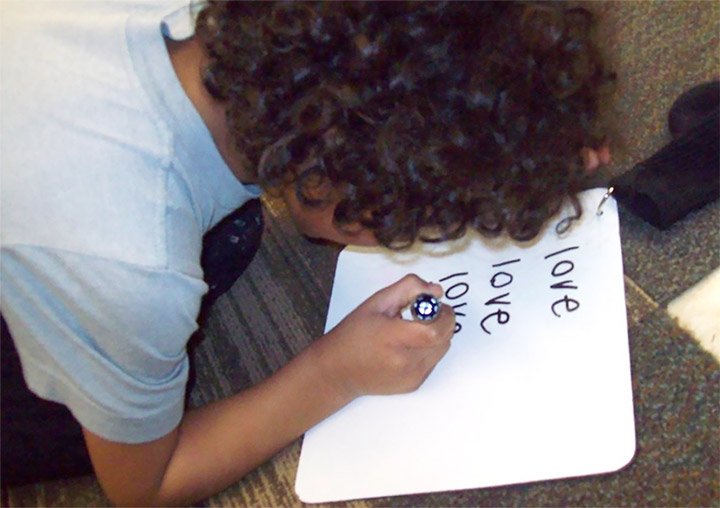
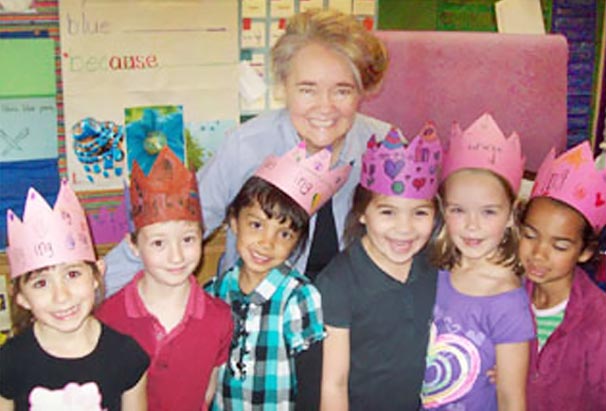
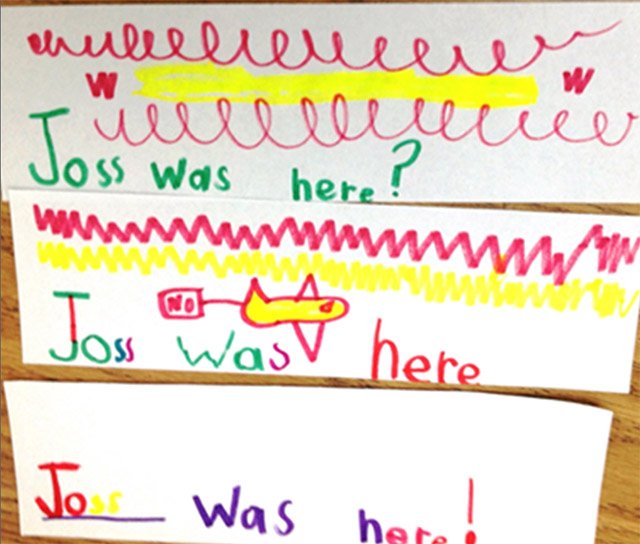

Provide engaging minilessons that touch the heart and imagination of young children while building writing muscle.
For a detailed overview of this strategy see the “Sight Words” page with video tutorials from Nellie Edge Online Seminar #3.
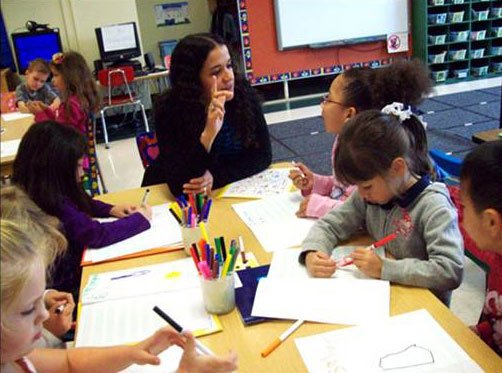
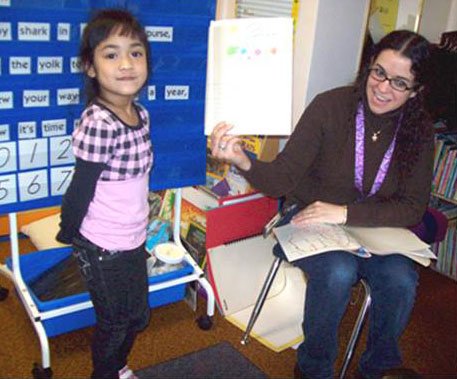
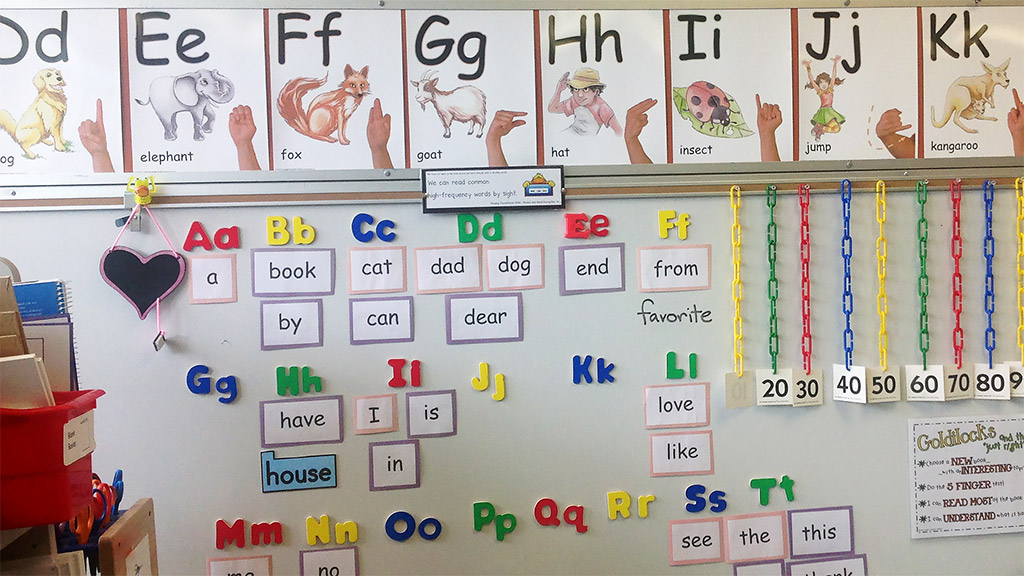
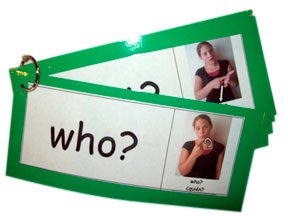
5. Create a Culture of Engaged and Purposeful Writers through a Comprehensive Writing Workshop Model with Authentic Writing Experiences Across the Curriculum. Coach into their writing, and share student work daily.
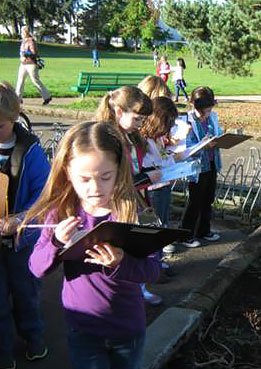
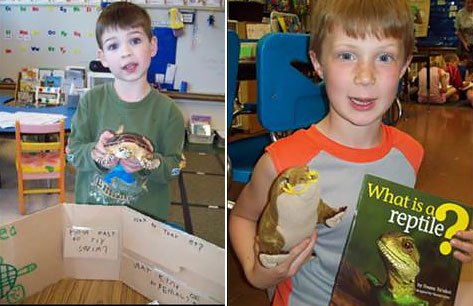
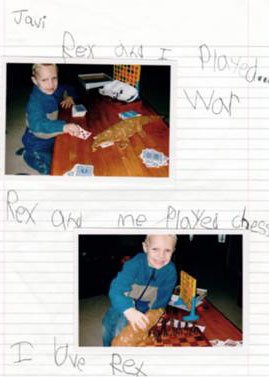
Recent research has demonstrated that virtually every child who begins kindergarten could be reading on grade level by the end of first grade. Few schools accomplish this because few schools provide the expert and intensive writing lessons needed. – Richard Allington, from “Teaching Edge,” International Reading Association
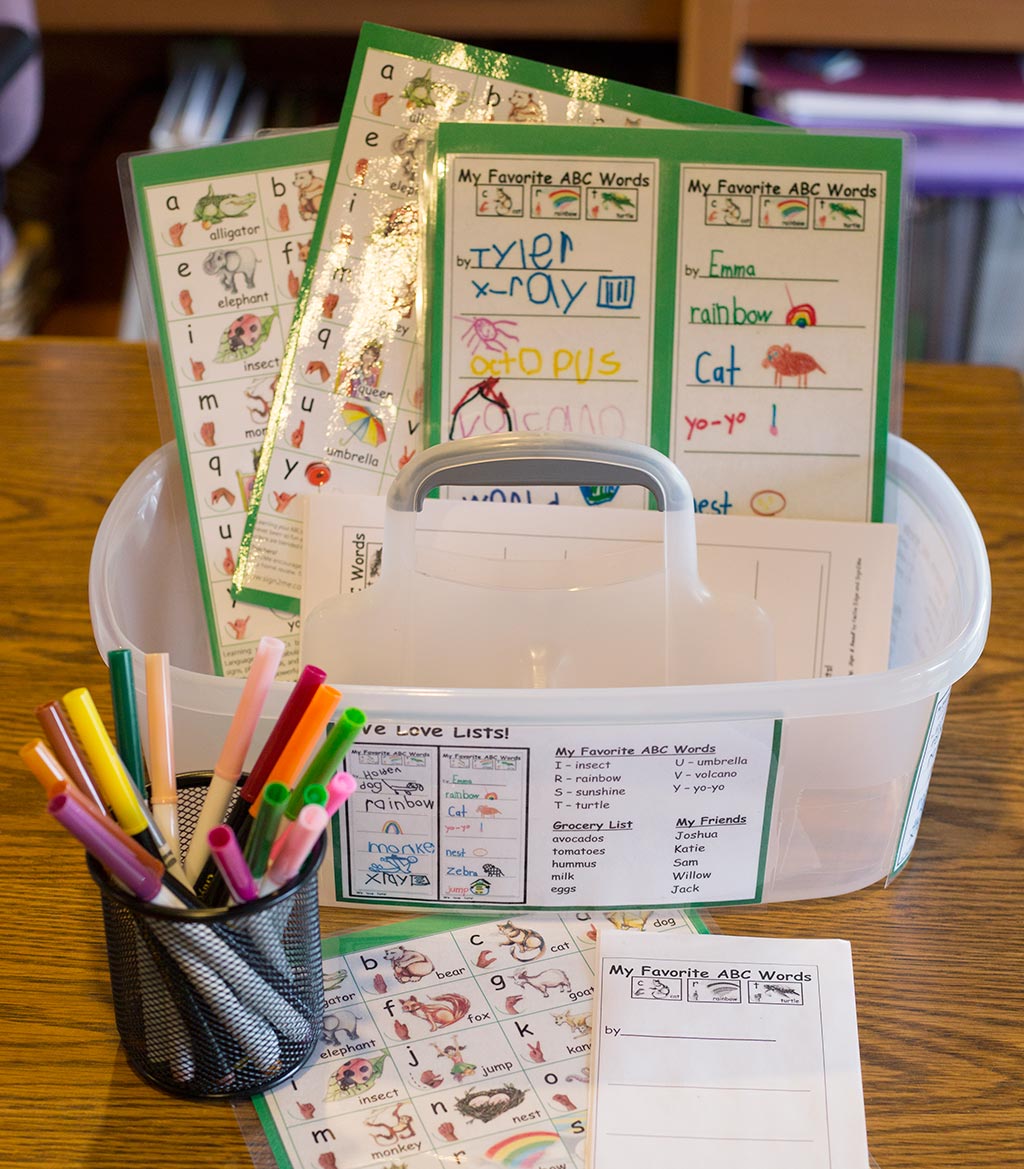
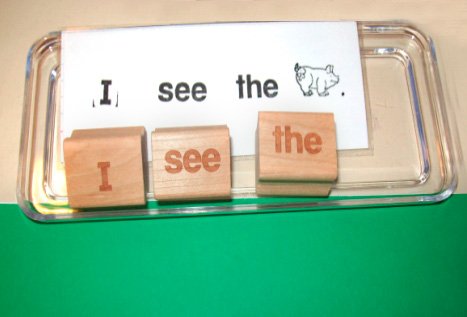

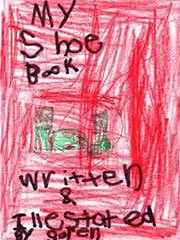

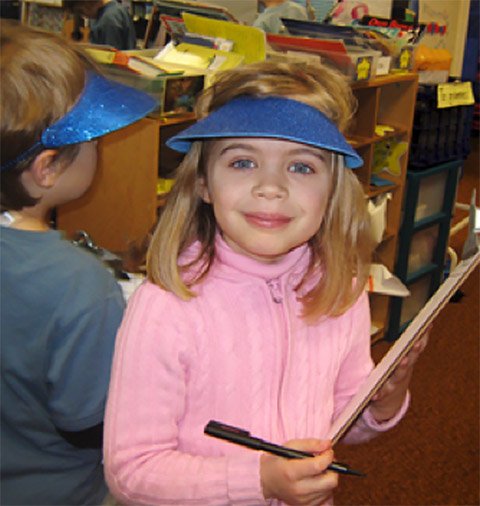
6. Invite Children to Use Independent Writing and Drawing Centers to Practice Their Craft in a Meaningful Context and Develop Writing Stamina. Make lists, write messages to friends, and create “really cool” books. Thoughtfully provide “choice words” and responsive feedback to your children. Read: How to Talk to Children about Their Writing.

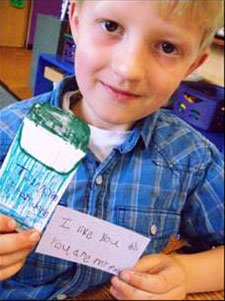
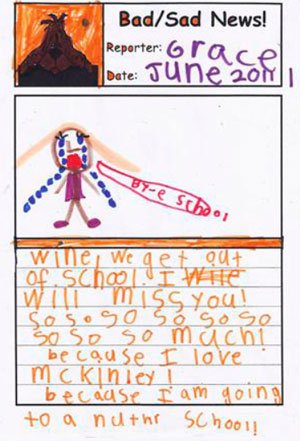
We can choose to spoon-feed our children or we can teach them to be independent, self-regulated learners.
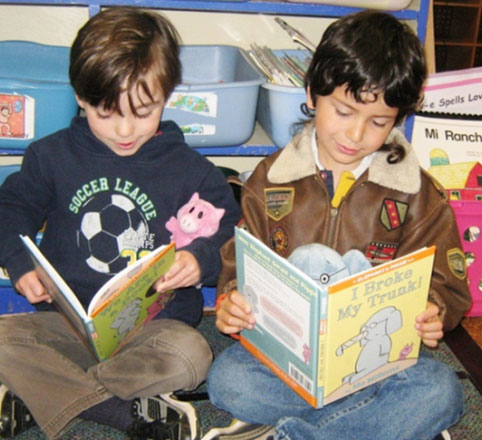
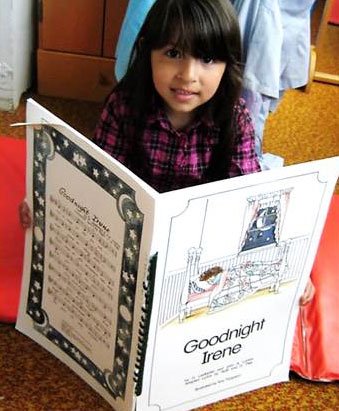
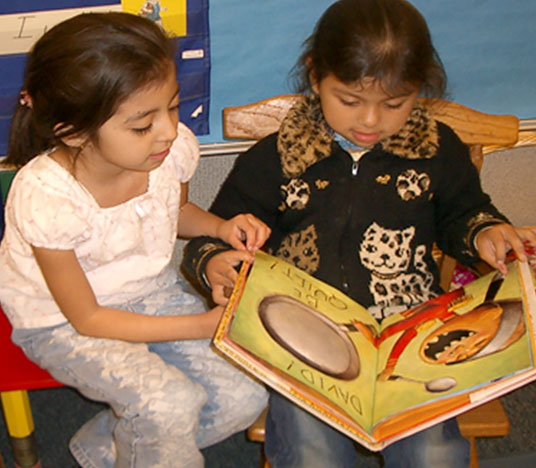
7. Introduce Well-loved Song Picture Books, Poetry, Quality Fiction, and Nonfiction as Mentor Texts: Build oral language patterns, voracious vocabulary learning habits, and a culture of book lovers. Involve children in book clubs, science exploration, and family research projects. Use literature to inform narrative, information, and opinion writing.
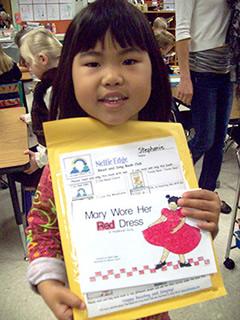
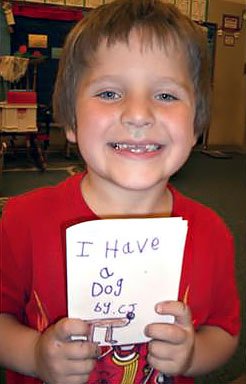
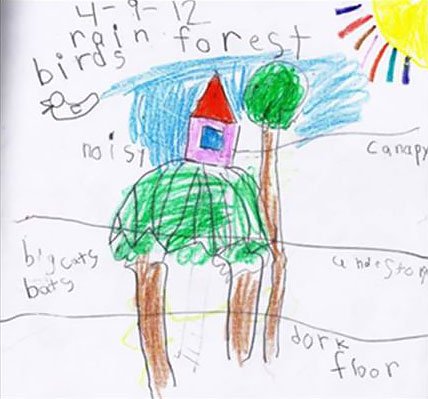
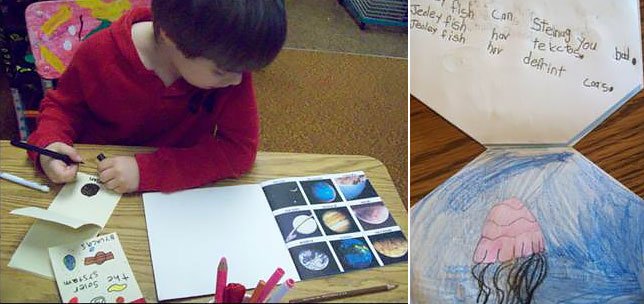
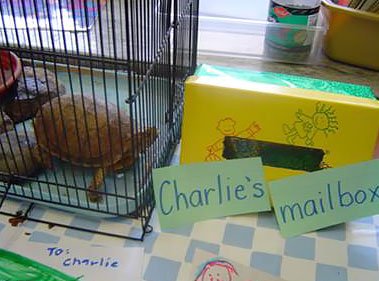
I know well that only the rarest kind of best in anything can be good enough for the young.
– Walter de la Mare, Bells of Grass
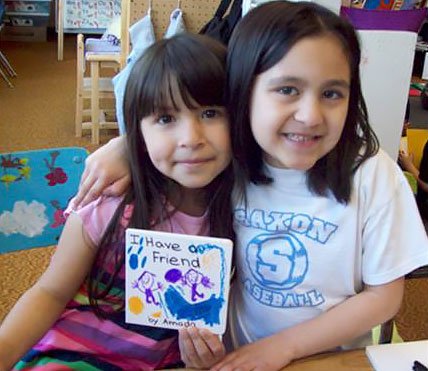
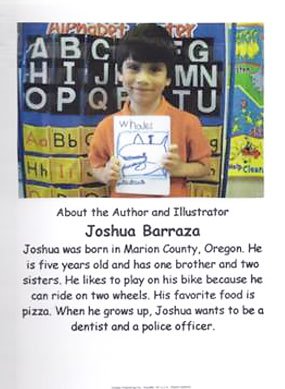
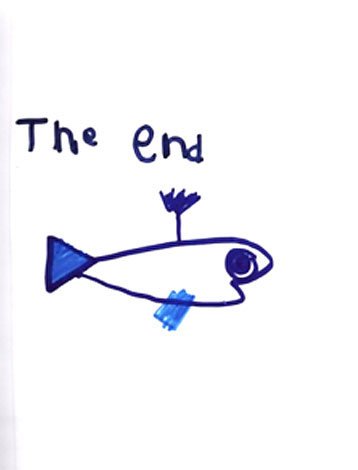
8. Publish Children’s Books and Celebrate Young Authors in Simple and Delightful Ways! Invite children to proofread and edit their own “really cool” books. Discover the powerful affirmation through word and song, ”Prolific Writers Are We!”
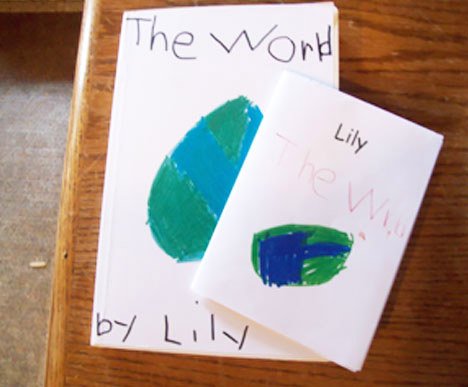
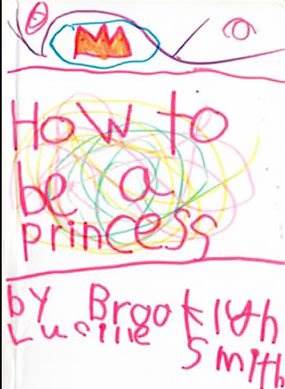

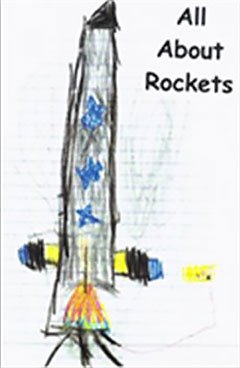

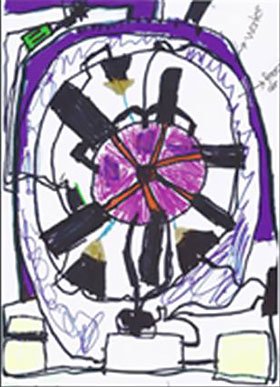
Kindergartners, like twelfth graders, draft, revise, edit, and publish their writing.
– Lucy Calkins, Pathways to the Common Core
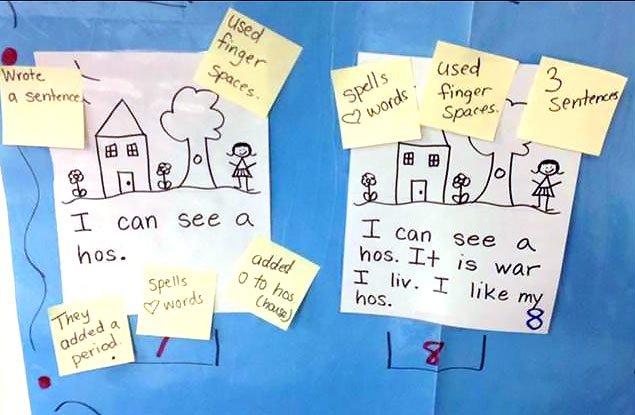
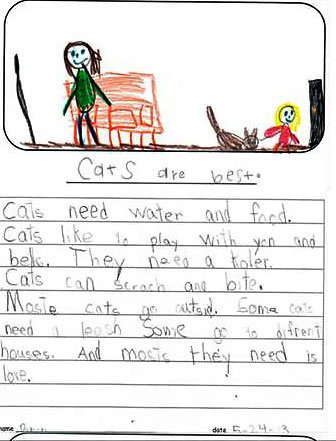
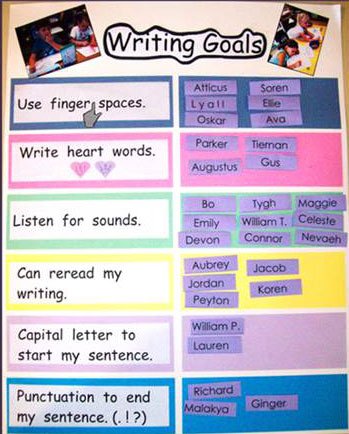
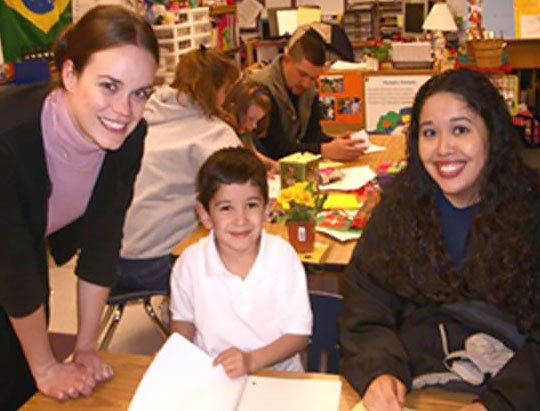
9. Use Ongoing Authentic Assessment Culminating in Student-led Parent Conferences. Be systematic and intentional. End the year with simple and memorable celebrations of learning!

Tracking developmental spelling is at the core of good assessment-driven instruction for beginning reading. – Richard Gentry
10. Involve Parents as Partners to Nurture a Love of Reading, Writing, Drawing, and Exploring Nature. Families reinforce foundational literacy skills through singing, talking, reading, observing nature, and authentic writing activities at home. Family literacy multiplies our teaching effectiveness.
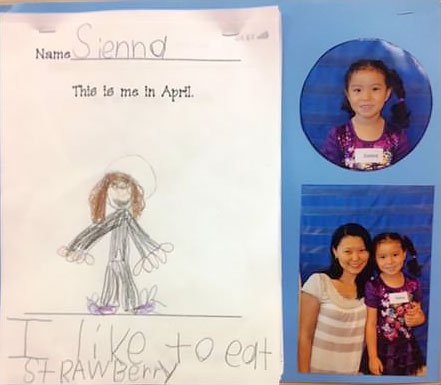
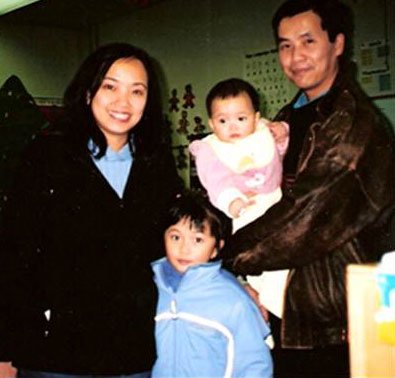
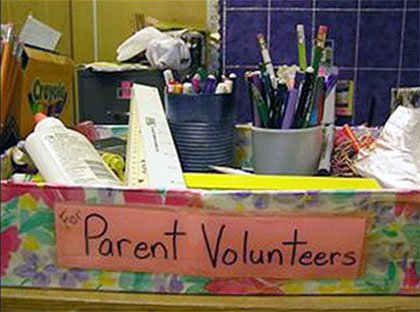
As teachers of the young, we have a “covenant” with parents that says, “We jointly share responsibility for teaching your child.” – Ernest Boyer
A special thank you to the kindergarten teachers whose work has inspired my research on Our Highest-Impact Writing Practices: Jaime Corliss, Winter Curry, Joanie Cutler, Laura Flocker, Becky Leber, Katie Nelson, Celeste Starr, Shanda Lung, Julie Lay, Diane Bonica, Jennifer Foster, and Jeff James.
Grow Your Kindergarten Writers
Make best kindergarten writing practices routine in your classroom!
Nellie Edge Online Seminars:
Summer Distance Learning Special: All 3 Online Seminars $79! (Save $58!) Credits available.
Writing Related Blog Articles
Get our weekly blog for more high-impact strategies and free resources!



